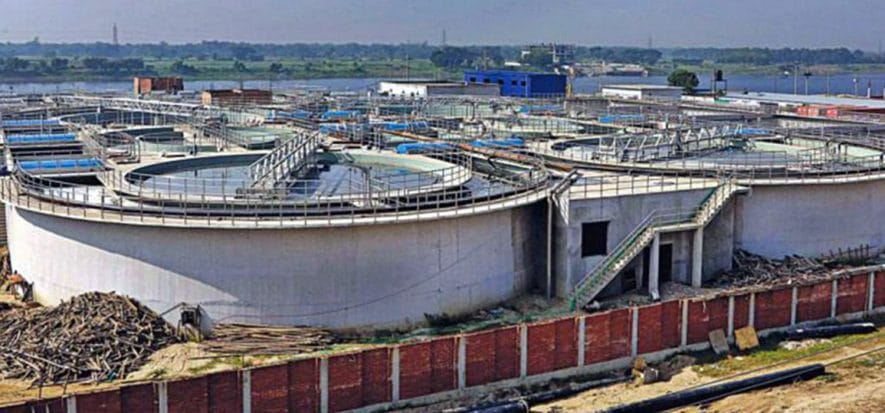The Savar CETP is about to “turn” 15 years old. For the records, it is not running at full speed yet. The sewage treatment plant was supposed to revamp tanneries in Bangladesh. Conversely, it has undermined a number of companies. In other words, many of them had to carry out a few considerable investments while relocating away from the old leather district located in Hazaribagh. Yet, in the new cluster, they did not find what they were expecting to. The Common Effluent Treatment Plant was supposed to ensure full compliance with environmental high standards. Since it is still not running at full speed though, international markets are not so keen on welcoming hides that have undergone the tanning process in Savar.
The Savar CETP
Jalaluddin Ahmed, a trade entrepreneur and consultant for the leather industry, has recalled the first 15 years of the still imperfectly running plant. They published his analysis in theindependentbd.com. The Common Effluent Treatment Plant looked like the most suitable solution to several problems and the best way to enhance the development of Bangladesh leather tanning industry, following the relocation to Savar of over 200 tanneries, previously based in the highly polluted district of Hazaribagh. Furthermore, thanks to the new CEPT, tanneries were supposed to become fully compliant with high quality standards. A dreamlike expectation to companies, prior to prospective relevant investments. Unfortunately, such dream has never come true. On the contrary, it actually turned into a delusion.
The delusion
According to Jalaluddin, a few problems arose immediately. The entrepreneur has emphasized that BSCIC, the main institute for public development in the country, was appointed to oversee the work-in-progress of the treatment plant. Yet, allegedly, professionals and blue collars working on the construction of the new CETP had no expertise about leather tanning industry and its organization. In 2017, the High Court ruled the relocation of the whole of tanneries to the new Savar cluster, served by the CETP. In 48 hours, remarked Jalaluddin, “they forcedly closed down the Hazaribagh tanneries and disconnected, at the same time, all service facilities”. Apparently, they made old machines unserviceable or they demolished them.
They made a hole in the water
Yet, simultaneously, the CETP was not efficient as much as it ought to have been. Still it is not. “They still have to make it fully functioning. Besides that, environmental compliance is missing – continued the entrepreneur –. Consequently, our leather cannot gain any ground on international markets. Likewise, footwear industry, which relies on export, cannot make use of finished leather, locally manufactured, because of its non-compliance”.
Read also:
- Bangladesh, leather supply chain at a crossroads: investing or dying
- Unlawful operations in Savar? Bengal-based CEPT accused of wrongdoing










